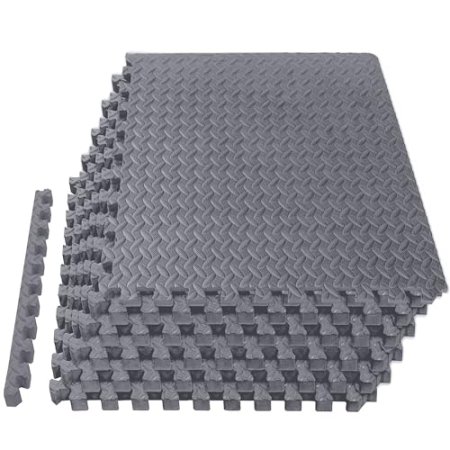The Ultimate Guide to Exercise Equipment Mats
Introduction to Exercise Equipment Mats
Exercise equipment mats are an essential component of any workout space, whether at home or in a gym. These mats provide a protective layer between your equipment and the floor, ensuring both your equipment and floor remain in good condition. They also offer additional benefits such as noise reduction, enhanced stability, and comfort during workouts. This guide will delve into the various types of exercise equipment mats, their benefits, and how to choose the right one for your needs.
What Are Exercise Equipment Mats?
Exercise equipment mats are specially designed mats that protect your flooring and equipment from damage during workouts. They are typically made from durable materials such as rubber, foam, or PVC, which are designed to absorb shock, reduce noise, and prevent wear and tear.
Benefits of Using Exercise Equipment Mats
Protecting Your Floor
Exercise equipment mats act as a barrier between your equipment and the floor. They prevent damage to flooring surfaces caused by heavy equipment or vigorous exercises. Whether you have hardwood, tile, or carpet, these mats ensure your floor remains scratch-free and undamaged.
Reducing Noise
Mats help to dampen the sound of equipment during use. This is especially important if you live in an apartment or have neighbors close by. The cushioning effect of the mats absorbs noise, making your workouts quieter and less disruptive.
Enhancing Stability
Using a mat under your equipment provides a stable surface, preventing your equipment from shifting during use. This is crucial for exercises that require balance and precision, as it helps ensure your equipment stays in place, reducing the risk of accidents.
Improving Comfort
Exercise mats provide extra cushioning, making workouts more comfortable. This is particularly beneficial for exercises performed on hard surfaces or when using equipment with hard bases. The additional padding helps reduce strain on your joints and muscles.
Types of Exercise Equipment Mats
Rubber Mats
Rubber mats are highly durable and ideal for high-impact workouts. They offer excellent shock absorption and are resistant to wear and tear. Rubber mats are also easy to clean and maintain, making them a popular choice for home gyms and commercial fitness centers.
Foam Mats
Foam mats are softer and more cushioned compared to rubber mats. They provide excellent comfort and are often used in areas where comfort is a priority, such as yoga or stretching areas. Foam mats are also lightweight and easy to handle, making them convenient for home use.
PVC Mats
PVC mats are a versatile option, offering a balance between durability and comfort. They are often used in areas with heavy equipment or where extra protection is needed. PVC mats are resistant to moisture and stains, making them easy to clean and maintain.
Choosing the Right Exercise Equipment Mat
Consider Your Workout Type
The type of exercise you perform will influence the type of mat you need. For high-impact workouts like weightlifting or cardio, rubber mats are ideal due to their durability. For activities like yoga or stretching, foam mats provide the necessary comfort and cushioning.
Size and Thickness
Choose a mat that fits the size of your equipment and provides adequate coverage. Mats come in various sizes and thicknesses. For larger equipment, such as treadmills or elliptical machines, opt for larger mats. Thickness is also important; thicker mats provide more cushioning but may be less stable.
Material Durability
Consider the durability of the material based on your usage. Rubber mats are highly durable and suitable for heavy equipment. Foam mats, while comfortable, may not withstand heavy weights as well as rubber mats. PVC mats offer a balance between durability and comfort.
Maintenance and Cleaning
Ease of cleaning is an important factor. Rubber and PVC mats are generally easy to wipe clean, while foam mats may require more frequent cleaning due to their absorbent nature. Choose a mat that suits your maintenance preferences and lifestyle.
Popular Exercise Equipment Mats and Their Uses
Treadmill Mats
Treadmill mats are designed to protect floors from the impact of the treadmill. They help reduce vibrations and noise while providing a stable surface for your treadmill to operate smoothly.
Bike Mats
Bike mats are used under stationary bikes to protect flooring from sweat and damage. They also help keep the bike stable during intense rides and reduce noise.
Elliptical Mats
Elliptical mats offer a stable and cushioned surface for elliptical machines. They protect floors from damage and help keep the elliptical machine in place during use.
Yoga Mats
Yoga mats are specifically designed for yoga and stretching exercises. They provide cushioning and grip to enhance your practice and prevent slipping.
Foam Rollers and Accessories
Foam rollers are often used in conjunction with exercise mats for muscle recovery and stretching. They help relieve muscle tension and improve flexibility. Look for foam rollers with different densities and textures to match your needs.
Safety Tips for Using Exercise Mats
Check for Wear and Tear
Regularly inspect your exercise mat for signs of wear and tear. Replace the mat if it shows significant damage, such as cracks or tears, to ensure it continues to provide the necessary protection and stability.
Keep Your Mat Clean
Maintain cleanliness by regularly wiping down your mat with appropriate cleaning solutions. For foam mats, consider using a mild detergent and water solution to remove stains and odors.
Avoid Excessive Moisture
Avoid exposing your mat to excessive moisture, as this can lead to mold and mildew growth. Ensure the mat is thoroughly dry before storing it.
Common Mistakes to Avoid
Using the Wrong Type of Mat
Using an inappropriate mat for your workout type can lead to discomfort and reduced effectiveness. Ensure you choose a mat that matches your exercise needs for optimal performance.
Neglecting Mat Maintenance
Failing to clean and maintain your mat can lead to hygiene issues and decreased durability. Regular maintenance is essential for prolonging the life of your mat.
Improper Storage
Storing your mat in an area with excessive moisture or direct sunlight can damage it over time. Store your mat in a cool, dry place to maintain its condition.
Maintaining Your Exercise Equipment Mat
Regular Cleaning
Keep your mat clean by wiping it down after each use. For rubber and PVC mats, use a damp cloth and mild cleaner. Foam mats may require more frequent cleaning.
Proper Storage
Store your mat flat or rolled up in a dry place to prevent deformation. Avoid storing it in areas with high humidity or direct sunlight.
When to Replace Your Mat
Replace your exercise mat if it shows signs of significant wear, such as cracks, tears, or loss of cushioning. Regularly assess the condition of your mat to ensure it continues to provide effective protection and comfort.
FAQs About Exercise Equipment Mats
What are exercise equipment mats used for?
Exercise equipment mats protect flooring from damage, reduce noise, and provide stability and comfort during workouts. They are essential for maintaining your equipment and workout area in good condition.
How do I choose the right exercise equipment mat?
Choose a mat based on your workout type, size, and thickness preferences. Rubber mats are ideal for heavy equipment, while foam mats are suitable for comfort and stretching.
How do I clean and maintain my exercise equipment mat?
Regularly wipe down your mat with a damp cloth and mild cleaner. Store it in a cool, dry place to prevent damage. For foam mats, use a mild detergent and water solution to remove stains.
When should I replace my exercise equipment mat?
Replace your mat if it shows significant signs of wear, such as cracks, tears, or loss of cushioning. Regularly assess its condition to ensure it continues to provide effective protection.
Can exercise equipment mats be used for different types of equipment?
Yes, exercise equipment mats can be used for various types of equipment, including treadmills, stationary bikes, and ellipticals. Choose the mat size and material based on the specific equipment and your workout needs.
Conclusion
Exercise equipment mats are a vital addition to any workout space, offering protection, stability, and comfort. By selecting the right type of mat and maintaining it properly, you can enhance your exercise experience and ensure your equipment and floors remain in excellent condition. Whether you’re setting up a home gym or managing a commercial fitness center, investing in high-quality exercise mats is essential for a successful and enjoyable workout routine
















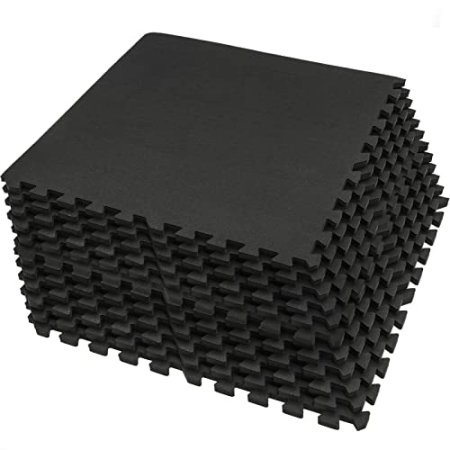



![HTTMT- 12X(48 Sqft) Black Gym Floor Mat 24x24 EVA Foam Interlocking Exercise Fitness Puzzle Floor Gym Yoga Mat Workout Pad [P/N: MTET-HOME012-12PC]](https://media.saco.asia/media/pro_imp/thumbs/2024/09/20/w450_httmt-12x-48-sqft-black-gym-floor-mat-24x24-eva-foam-interlocking-exercise-fitness-puzzle-floor-gym-yoga-mat-workout-pad-p-n-mtet-home012-12pc_2742b83_1.jpg)

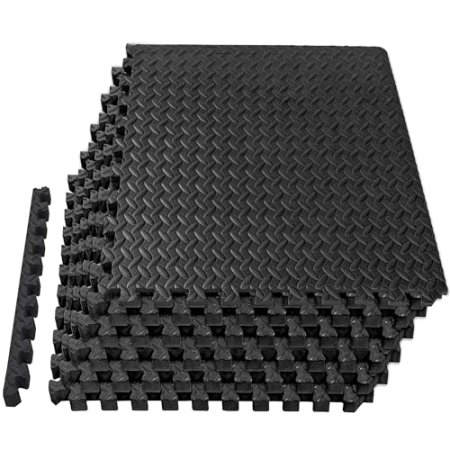
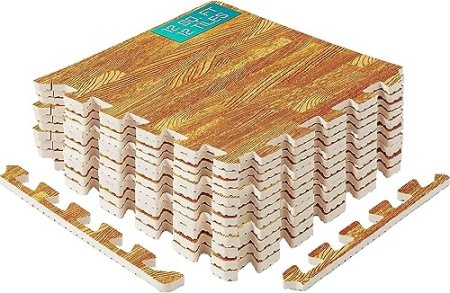
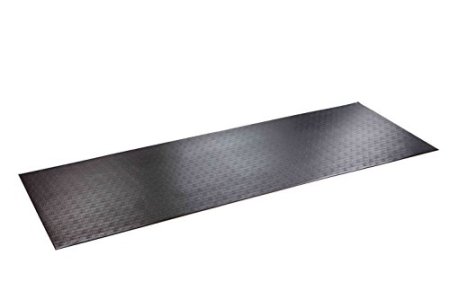


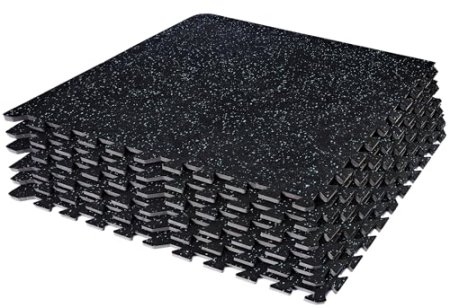
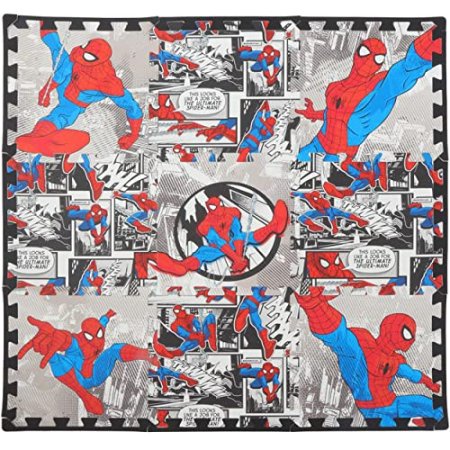



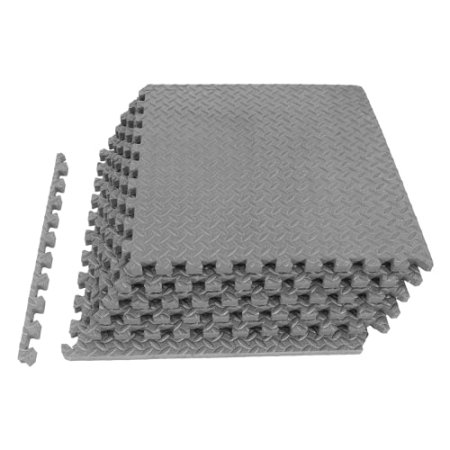
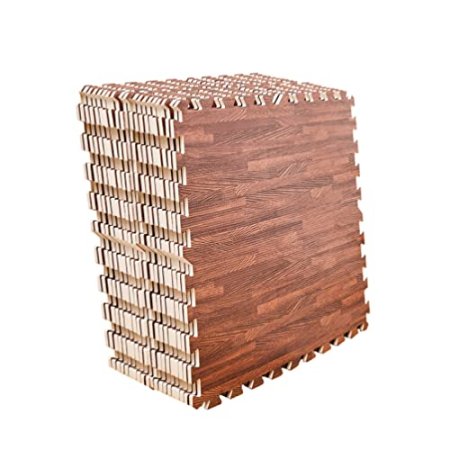
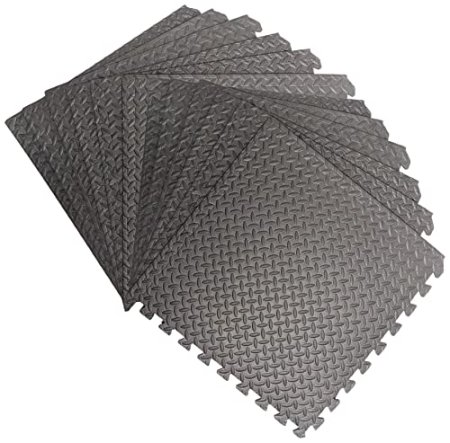
![HTTMT- 12X(48 Sqft) White Gym Floor Mat 24x24 EVA Foam Interlocking Exercise Fitness Puzzle Floor Gym Yoga Mat Workout Pad [P/N: MTET-HOME012-12PC]](https://media.saco.asia/media/pro_imp/thumbs/2024/09/20/w450_httmt-12x-48-sqft-white-gym-floor-mat-24x24-eva-foam-interlocking-exercise-fitness-puzzle-floor-gym-yoga-mat-workout-pad-p-n-mtet-home012-12pc_43d183f_1.jpg)

